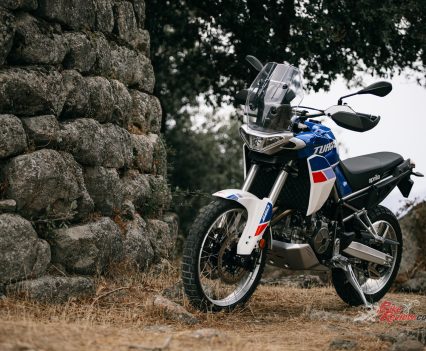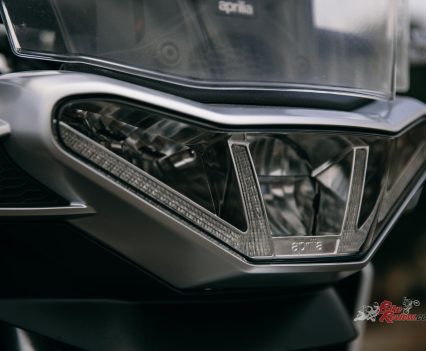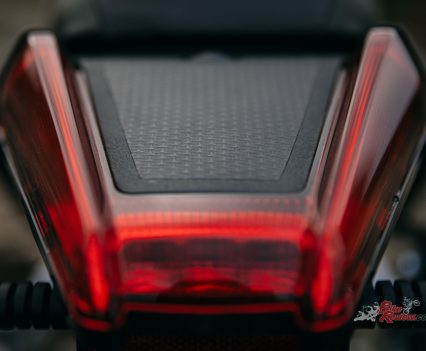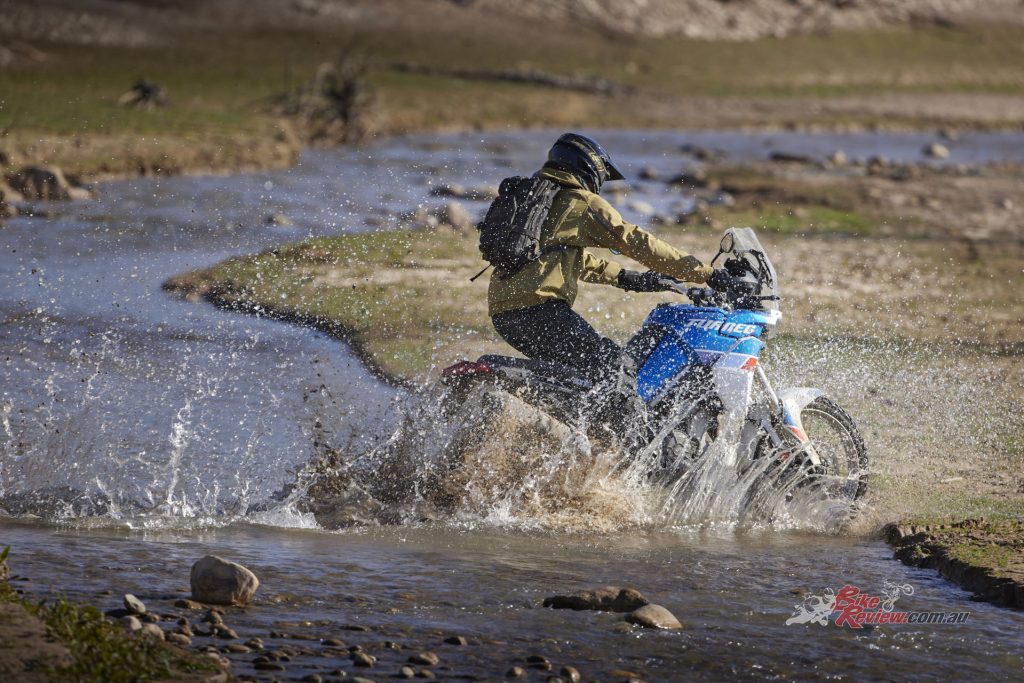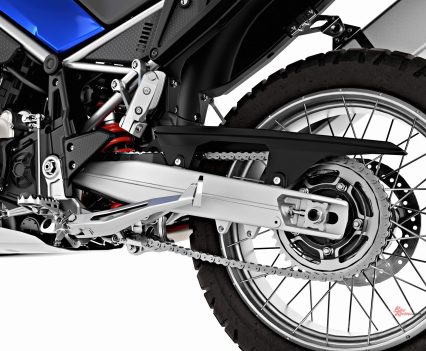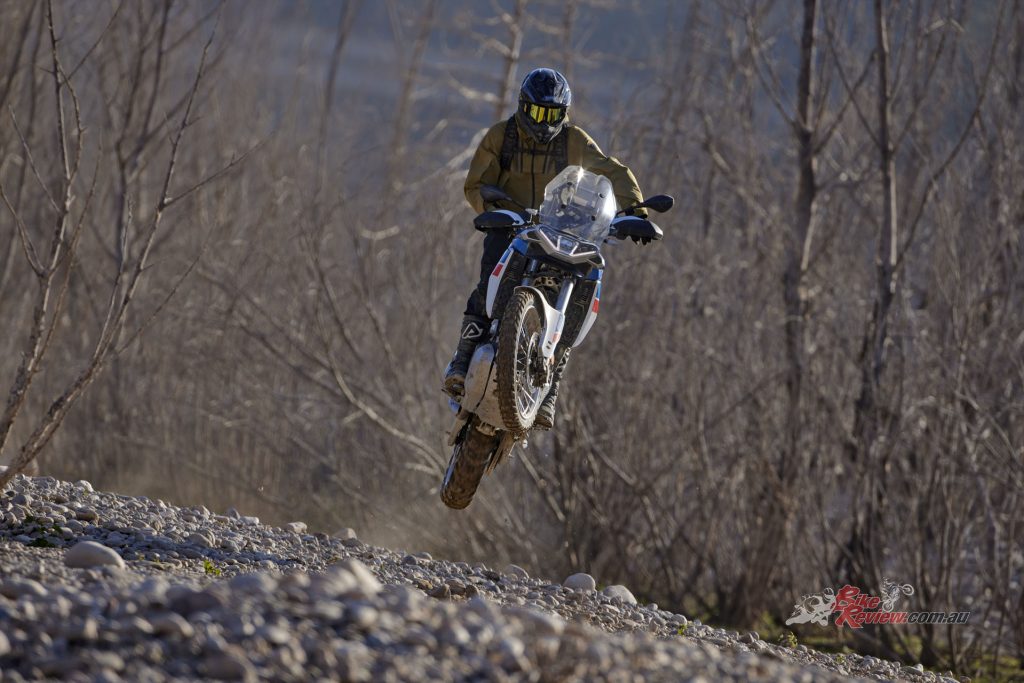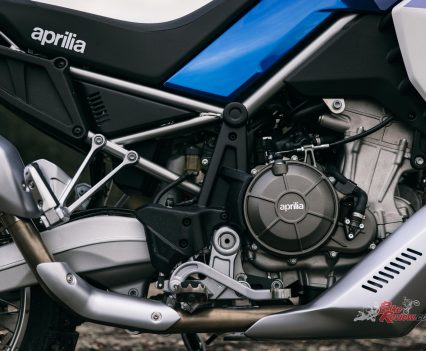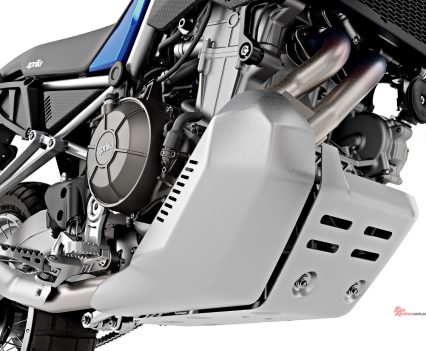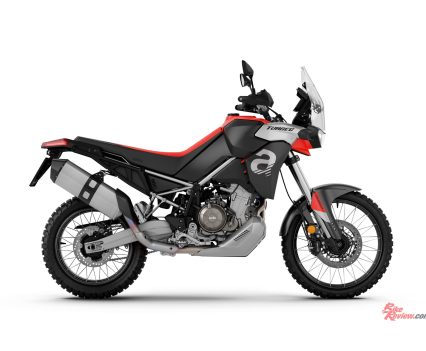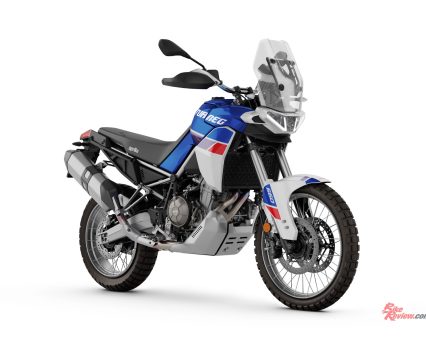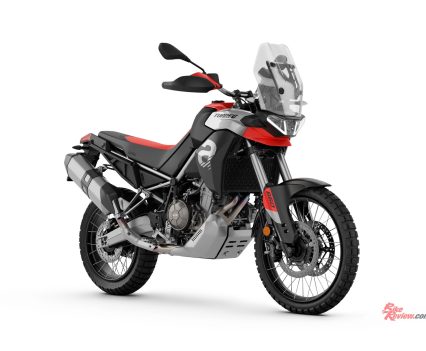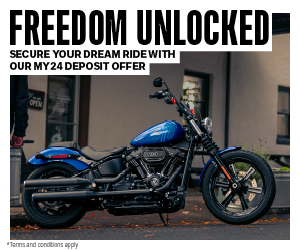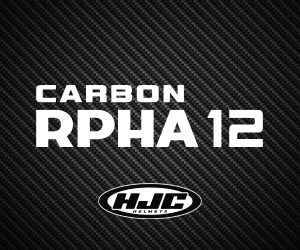Aprilia recently unveiled their new adventure model, the Tuareg 660 sees their new 660cc powerplant dropped into an all new adventure chassis! Press Release: Aprilia...
The 660 platform represents the start of a new era for Aprilia. One they say is defined by lightweight and high-performance motorcycles with an attractive design and premium technology. The new 2022 Aprilia Tuareg 660 is the latest to join the family.
The Tuareg 660’s design is the result of the work done by the PADC (Piaggio Advanced Design Center), the Piaggio Group’s style outpost in Pasadena, California. The designers, led by Miguel Galluzzi, imagined a disruptive and highly distinctive style. The guiding light of the process was the elimination of any part that did not have a specific function to keep the size and overall weight in check.
A highly unique and innovative solution was chosen for the top fairing, consisting only of a broad expanse of plexiglass. This is transparent to provide a clear view of the elegantly refined support, which is made with a specific technopolymer enriched with fibreglass that also serves as the instrument cluster’s support structure. For the same reason, there are no classic side panels below the seat. They are replaced by two panels that can be removed when mounting the set of side panniers (available separately as an accessory) which therefore remain closer to the vehicle’s body.

The graphics and logo of the Indaco Tagelmust version are a clear tribute to the 1988 Tuareg 600 Wind.
The full LED lighting system includes the new, compact headlight unit featuring perimeter DRL. For the first time in this category, Tuareg 660 introduces the concept of double fairing which acts as an aerodynamic appendage, already successfully introduced on the RS 660 and Tuono 660. This is further confirmation of Aprilia’s efforts in studying aerodynamic solutions that are increasingly more complex, benefiting performance and comfort.
To combine high rear-wheel travel – essential in off-road riding – with the ease of mounting the saddle, the subframe area was lowered as much as possible, allowing for the design of a sleek but accessible tail fairing. Just as much attention was applied to the dimensions in order to achieve an extremely compact and slim bike, especially in the area where the rider’s legs come into contact with the fuel tank, with its 18-litre capacity, ensures a range of 450 km.
The wide and high conical aluminium handlebar allows for optimum control. The passenger also gets a smooth ride, with a long and comfortable portion of the seat and two convenient, built-in grab handles. Tuareg 660’s intended use off-road is obvious when riding upright: the extremely compact central area is even reminiscent of single-cylinder enduro bikes. In order to have maximum control off road, the rubber footpeg covers can be removed and the tip of the rear brake lever can be easily raised. Aprilia say the painstaking care that went into limiting the weight of each and every component has reduced the overall kerb weight to just 204kg.

The Tuareg 660 chassis architecture, as is already the case with its street bike siblings, aims to raise the bar in the category, both on and off road.
The frame is a new structure in high-resistance steel tubes and cast plates; the subframe is welded to the frame in order to achieve a truly solid structure capable of withstanding loads of up to 210kg, meeting any cargo needs when travelling with panniers and a passenger on board. The structural solidity is also ensured by the six anchor points of the engine to the frame (compared to the three on RS 660 and the two on Tuono 660), which is no longer used as a bearing element (as it is on RS 660 and Tuono 660), but as a stressed element. Its position has also been rotated about 10° to the rear compared with the street bikes. This makes the cylinder bank more vertical, reduces the yaw movement of the bike and boosts its agility on tight turns.
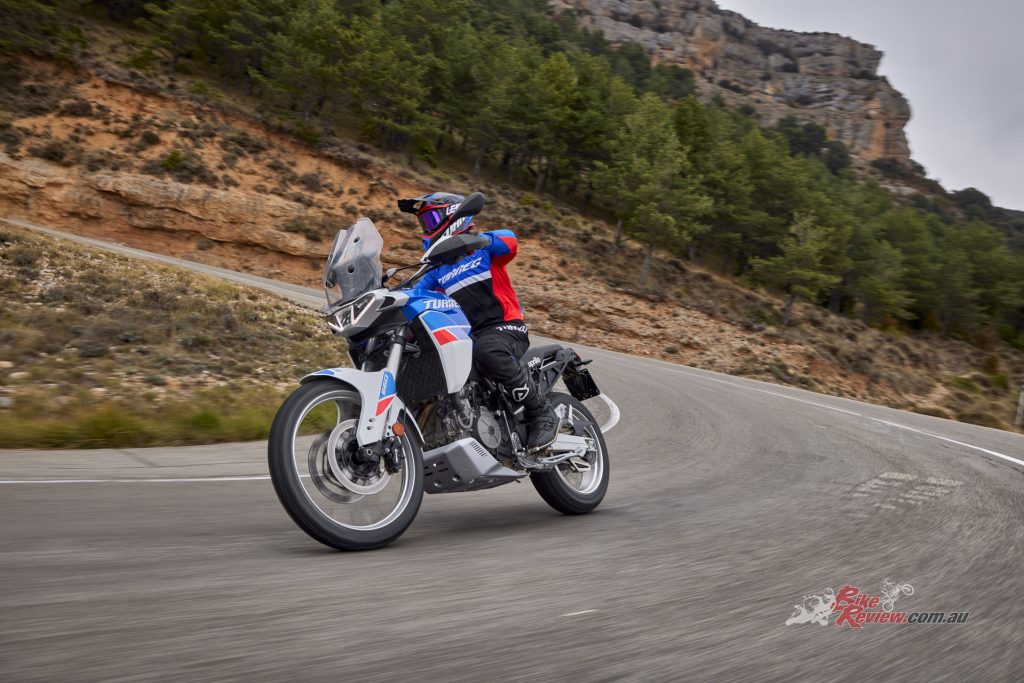
The Tuareg uses the 660cc powerplant as a stressed element to increase rigidity throughout the frame.;/
The double-arm aluminium swingarm, significantly longer to ensure maximum traction, is pivoted both in the frame and in the engine and operates the shock absorber that features progressive linkage. The Kayaba suspension system, with extremely long travel (240mm), has adjustable hydraulic rebound damping and compression, as well as spring preload (for the shock absorber, using the convenient hydraulic preload handle).
The front rim is 2.5 x 21in; the rear rim is 4.5 x 18in. Both are shod with Pirelli Scorpion Rally STR tyres, respectively 90/90 and 150/70. The Brembo braking system relies on a pair of 300mm discs and double-piston callipers at the front and a single 260mm disc with single-piston calliper at the rear.

“The Aprilia Tuareg 660 features the electronic multimap Ride-by-Wire accelerator for finely tuned, delicate and progressive throttle control from low engine revs”
Aprilia has always been at the cutting edge of the electronics field (the first to introduce Ride-by-Wire throttle control on a MotoGP bike in 2002 and on a factory bike in 2007) and currently boasts the APRC (Aprilia Performance Ride Control) electronic controls package. The Tuareg 660 features the electronic multimap Ride-by-Wire accelerator for finely tuned, delicate and progressive throttle control from low engine revs and a special APRC electronic controls package calibrated for performance and safety.
The APRC package on Tuareg 660, developed specifically for this model, includes:
- ATC: Aprilia Traction Control, traction control that can be adjusted to 4 levels or disabled, characterised by finely tuned and high-performance logic and operation.
- ACC: Aprilia Cruise Control, to maintain the set speed without touching the throttle control, extremely handy when travelling.
- AEB: Aprilia Engine Brake, system to control engine braking when closing the throttle. adjustable to 3 levels.
- AEM: Aprilia Engine Map, 3 different mappings available to change the character of the engine and the way it delivers power. This does not change the maximum power delivered.
To maximise the riding experience and to facilitate being on board, Aprilia has set up four Riding Modes specifically for Tuareg 660: all the rider has to do is choose the Riding Mode that best interprets their riding needs to automatically obtain the best settings in terms of traction control, engine brake, ABS and all the other managed parameters.
Of the four Riding Modes, two are dedicated to street riding, one is specifically for off-road riding, and one is fully customisable:
- Urban, for everyday riding, calibrated with safety in mind; ABS is active on both channels;
- Explore, for a thrilling ride on the road, calibrated to let you fully enjoy the route. ABS is active on both channels.
- Offroad, specifically for off-road riding, with minimum traction control and engine brake levels. This engine mapping is the most manageable in terms of power delivery. ABS is disabled on the rear brake and can also be disabled on the front brake.
- Individual, which lets you fully personalise the electronic controls.
Managing the electronics settings is facilitated by fully intuitive handlebar controls: the one on the left lets you quickly adjust traction control and cruise control (in addition to the other functions); the one on the right lets you quickly select the desired riding mode.
The 5-inch colour digital TFT instrument cluster provides a perfect display of the various parameters and features a twilight sensor that adjusts brightness based on the ambient lighting conditions. The Aprilia MIA system provides a connection protocol that reduces smartphone battery consumption to a minimum and includes both the infotainment system to manage the voice assistant, telephone calls, and music using the handlebar controls, and the satnav feature, with the option of viewing the directions directly on the instrument panel.

The Aprilia MIA app also allows the rider to save completed trips and analyse the data acquired directly in the app using the geo-referenced telemetry function.
The 660 twin-cylinder, the base of the new Aprilia family, was designed to equip a range of bikes intended for various uses: versatility was one of the design goals, along with performance and reduced weight. This configuration stands out for its compact dimensions and light weight; an engine with reduced horizontal and lateral bulk allows for greater design freedom, both in terms of arranging the fundamental organs such as intake and exhaust, and for the chassis architecture, since it fits well in different types of structures.
The forward facing configuration provides comfort for the rider thanks to the better heat dissipation and it leaves the designer freedom in exploiting the spaces. This architecture lends itself well to cooling, thanks in part to the fairing’s ingenious double-wall system, featured on all the Aprilia 660 models, which aims to accelerate the air that flows through it. The long exhaust manifolds were designed with the same goal in mind, terminating in a lateral position – an ideal layout for quick maintenance.
The new Aprilia twin cylinder is the result of experience gained from the ultra powerful engine that equips the RSV4; it benefits from an extremely high performing, tried and tested foundation: the head, combustion chamber, ducts, cylinders and pistons derive from the V4. The bore is also 81mm, like in the 1099cc, the stroke is 63.9mm. The engine crankcase is divided horizontally into two pieces with the cylinders built into the upper semi-crankcase to reduce bulk and make the structure more robust. The cylinders are offset with respect to the crankshaft in order to minimise internal friction.
In addition to performance and light weight, another design goal was to obtain the character and aggressiveness from the engine typical of V-twins. In order to achieve this, timing with crankpins arranged at 270° was chosen. This means that combustion is asymmetrical and offset 270° to obtain irregular combustion, translating into performance and sound similar to a V-twin.

“In addition to performance and light weight, another design goal was to obtain the character and aggressiveness from the engine typical of V-twins.”
The specific operations dedicated to Tuareg involved both the upper and lower parts of the engine with the respective goals of increasing torque at low rpm and guaranteeing correct lubrication in off-road use conditions. The dual overhead camshafts, with 4 valves per cylinder, driven by a lateral chain, have optimised lifting to increase maximum torque at lower rpm. This was also the purpose for the new design of the intake system with longer ducts and a new filter casing, positioned between the headstock and the fuel tank, which facilitates removal of the air filter.
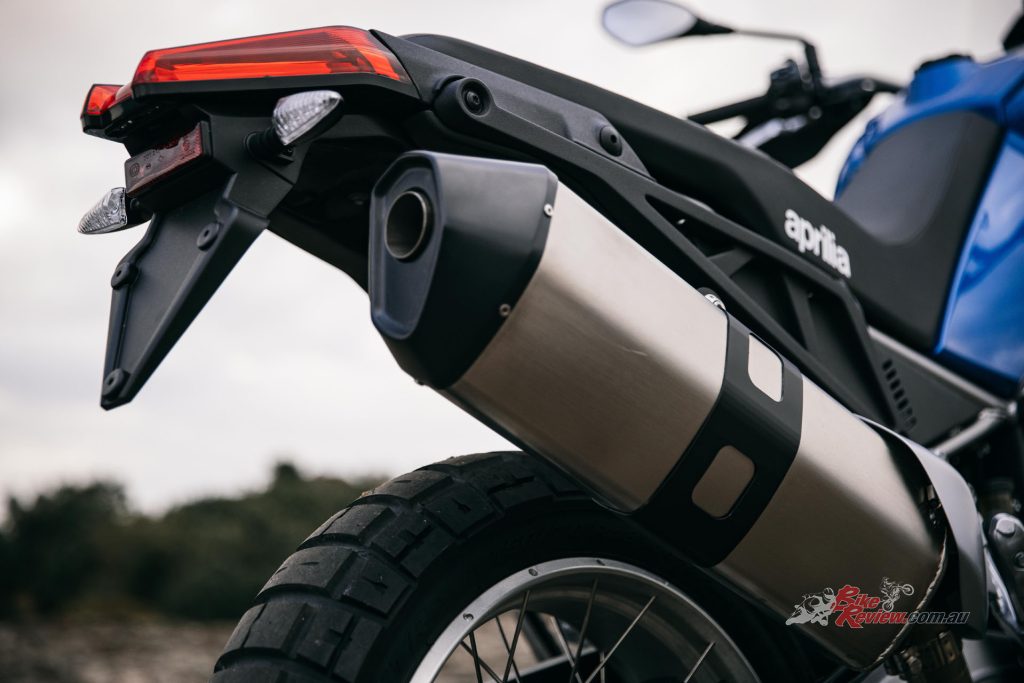
“Last, but not least, the layout of the new exhaust system optimises engine performance at low and medium rpm.”
The layout of the new exhaust system optimises engine performance at low and medium rpm. An ignition advance management algorithm was developed on the Tuareg 660 that perfects combustion in any engine heating conditions, optimising powertrain performance and consumption. Compared to its street bike siblings, the first gear ratio is also different (shorter), as is the final drive, with two fewer sprockets on the pinion (15, compared with the 17 on RS 660 and Tuono 660), to maximise throttle response time. As for the wet sump lubrication, a new oil sump has been introduced with the same capacity, but higher, in order to increase the height off the ground to 240mm.
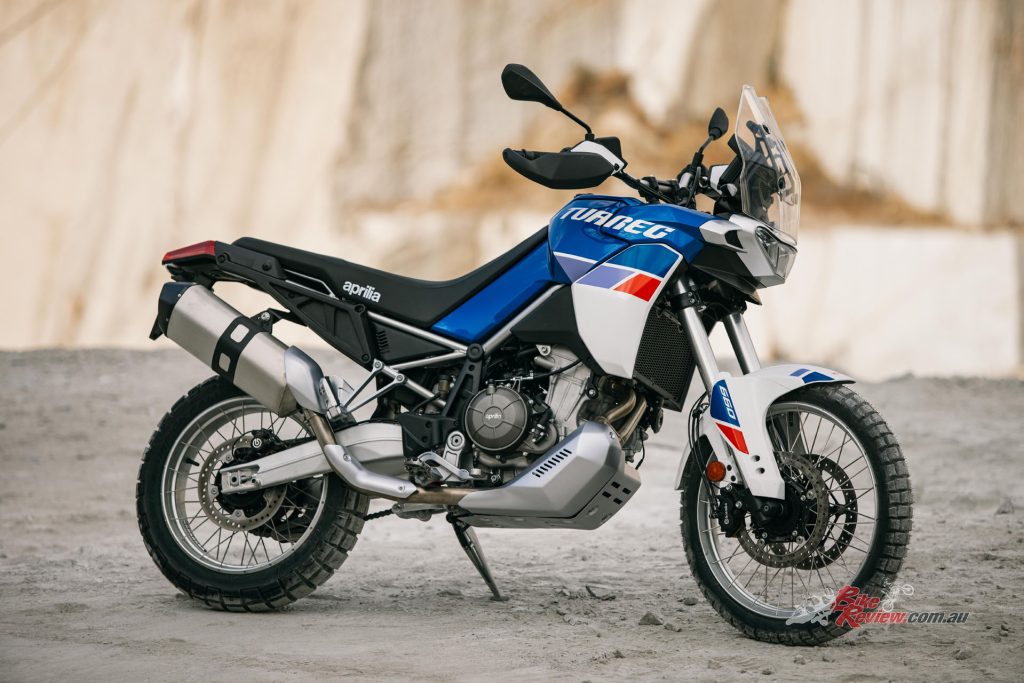
Like on the RS 660 and Tuono 660, the multi plate wet clutch with anti-juddering has a mechanically assisted system that results in a handlebar control that is extremely soft to operate.
Maximum power output is 80HP@9,250rpm; the maximum torque of 70Nm is provided at significantly lower revs than it is on the RS 660 (6,500rpm compared with 8,500 on the RS 660), with 75per cent of it available from 3,000rpm, which turns into 85per cent when you hit 4,500rpm. The injection system includes a pair of 48mm-diameter throttle bodies with different length intake ducts to optimise distribution at high to medium speeds.
The range of Aprilia Tuareg 660 colours includes the Acid Gold version. Already successfully introduced on RS and Tuono. The Tuareg 660 is also available in the Martian Red version, with overarching tones of black and red, colours which are part of Aprilia’s sporting heritage. The third graphic is called Indaco Tagelmust and is the most iconic, inspired by the colour scheme of the 1988 Tuareg Wind 600.
2021 Aprilia Tuareg 660 Specifications
aprilia.com.au
Price: TBA
Claimed Power: 58.8kW@9,250rpm
Claimed Torque: 70nM@6,500RPM
Wet Weight: 204kg
Fuel capacity: 18L
Engine: Parallel twin-cylinder forward facing, four-stroke, 270-degree, eight-valve DOHC, liquid-cooled, chain driven cams, 81 x 63.9mm bore x stroke, 659cc, 13.5:1 compression, two-into-one exhaust, airbox with front air vent, twin 48mm throttle-bodies, RbW throttle and EMS.
Gearbox: Six-speed with AQS up and down available as an accessory. Clutch: Wet multi-plate with slipper, cable.
Chassis: Frame in steel tubing and built-in subframe screwed aluminium plates connecting the frame to the engine
Rake: 26.7° Trail: 113.3mm
Suspension: Fully adjustable 43mm upside-down Kayaba fork with counterspring Wheel travel: 240mm, Aluminium swingarm Progressive linkage Fully adjustable Kayaba monoshock. Wheel travel: 240mm
Brakes: 300 mm double disc Brembo callipers with 4 horizontally opposed 30/32 mm pistons. 260mm diameter disc; Brembo single piston 34mm floating calliper. Master cylinder with separate reservoir and metal braided hose, Brembo twin 34mm piston caliper, ABS
Wheels & Tyres: Spoked with aluminium drop centre: 2.15”X21” Rear: 4.25”X18” Tubeless, Frt: 90/90-21 rear: 150/70 R 18
Dimensions
Wheelbase: 1525mm
Seat height: 860mm
Overall width: 965mm
Overall Length: 2220mm
Instruments: 5-inch colour digital TFT instrument


